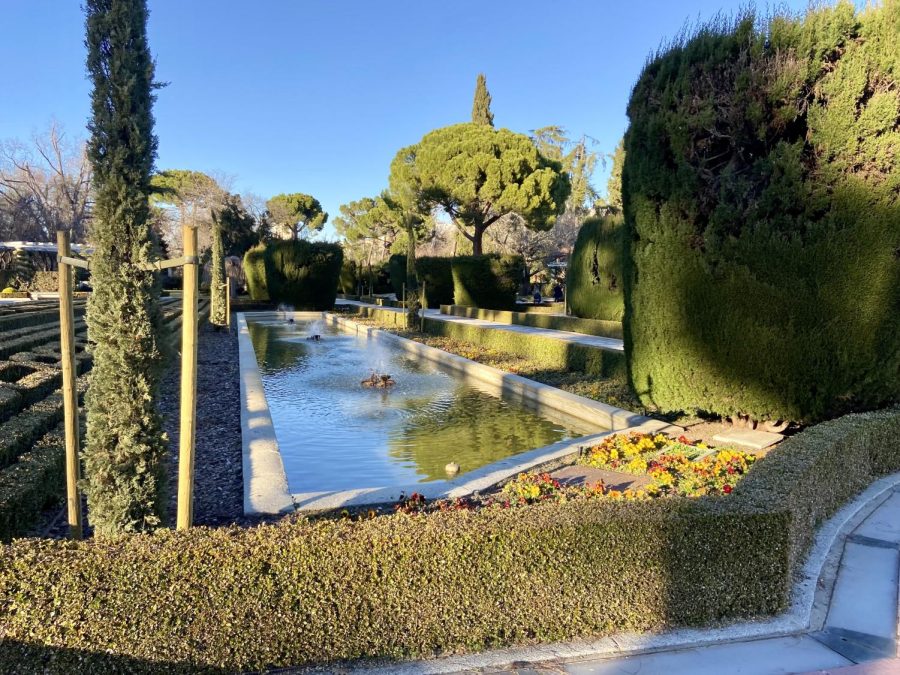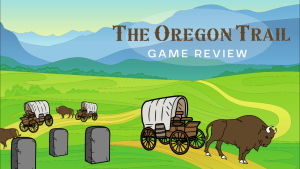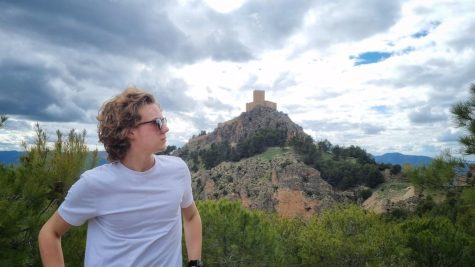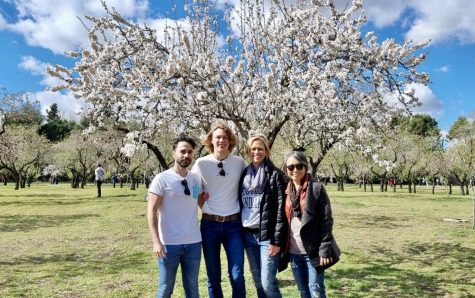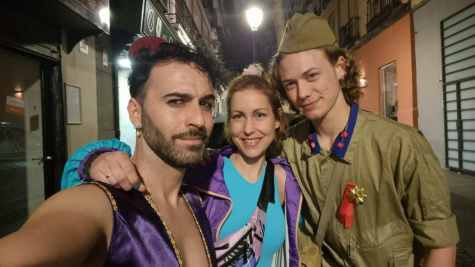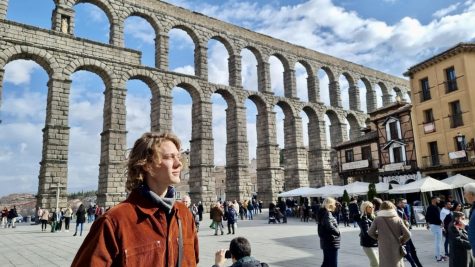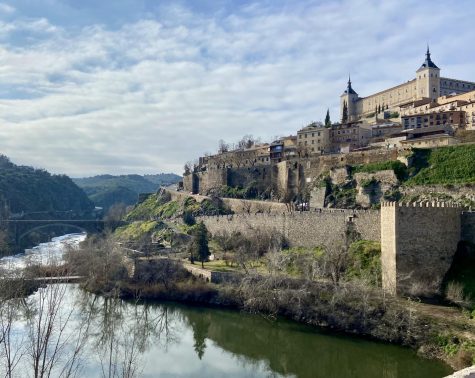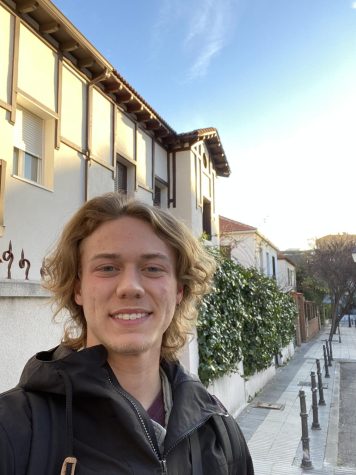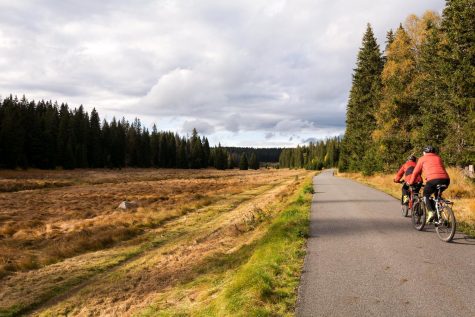Chase-ing Spain: Stroll Through Retiro and a Journey Through Art
The picturesque natural beauty of Reito Park.
January 26, 2022
¡Hola! After getting to know me through my introduction article, I hope you will join me for a deeper look into what I have been up to for the past few weeks. My main goal for this first month is to really get a grasp on my neighborhood and explore what is close to me. I have also had the opportunity to go on a day trip outside of Madrid. In this piece, I will tell you a bit about where I live in Madrid and show you a bit of Spanish culture through the art that is available in the city.
Retiro is a peaceful neighborhood with elementary schools, apartments, cafes and bars scattered throughout. However, the biggest attraction in Retiro is the famous Retiro Park. Known as one of the lungs of Madrid, the park is full of nature with gardens and lakes consuming the majority of its space. Along with the natural aspect of the park, there are also plenty of monuments, art exhibits and even a small palace to enjoy.
During my walk through the park, I stumbled upon some areas that astounded me. The first stop I made, the Cecilio Rodríguez Garden, was a complete accident, but it was definitely worth the pitstop. Upon entering the garden, the neatly trimmed hedges mesmerized me with their complex symmetry around fountains and small pools of water. I then found the next surprise of the garden: a flock of peacocks. These beautiful additions to the park were the last things I would have expected to see.
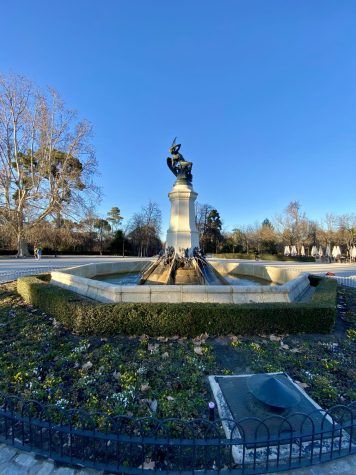
After my pursuit through the garden, I continued on towards the Monument to Alfonso XII next to the largest lake in the park. The monument is set up in a half circle with a statue of Alfonso XII mounting a horse at the center. It is beautifully adorned with statues of religious significance and historical influences of Spain. The lake was adorned with several small boats. The sun cast a honey orange tint on them and left long shadows on the monuments surrounding the lake, making for a perfect sunset.
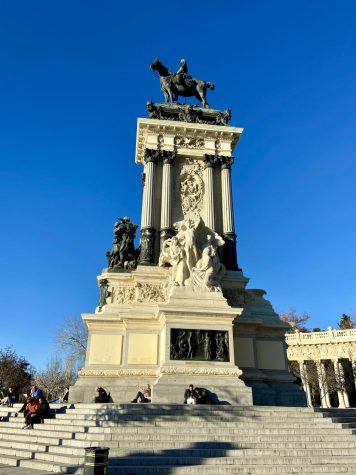
Leaving the Alfonso XII monument, I continued on to the Crystal Palace, a space used for art exhibits hosted by the famous Museo Nacional Centro de Arte Reina Sofía. The Palace is situated in front of a small lake with glass windows forming the roof of the building. This aspect gives a very natural beauty to its displays, such as the exhibition that I was able to see by Kidlat Tahimik. His work in this exhibition consists of wooden carvings depicting colonial violence.
Aside from these attractions, I was also able to see La Rosaleda (a garden that boasts more than 4000 roses), Fuente del Ángel Caído (a fountain with a falling angel statue) and the Palacio Velázquez (a palace dedicated to art shows). To say the least, Retiro Park is very impressive, and I still have a lot more to explore within it.
Another highlight of Madrid is the impressive offering of museums that contain art from varying stages of history. Most recently, I went on a tour of the Museo Nacional Centro de Reina Sofía. This national museum is one of the largest modern and contemporary art museums in the world. It contains works by Dalí, Picasso and other artists of this era.
We toured the collection of 20th century art, which celebrates the changing times and how artists continued to find ways to paint meaningfully despite the arrival of cameras. This was achieved by the creation of cubism and straying away from realism, or painting things according to how they look in real life.
After cubism, there was another movement towards surrealism with one of its pioneers being Dalí. Coming from the Catalonian autonomy of Spain, Dalí would typically paint things that he saw in his childhood as well as the love of his life, Gala. Without a doubt, it is likely that in a painting by Dalí, Gala will appear.
We concluded the tour by seeing the “Guernica,” one of the most famous paintings in the world. This painting by Picasso was done during the Spanish Civil War as requested by the Republicans, but ultimately, they rejected it and sent it on a worldwide exhibition with it ending up in New York. The inspiration for the “Guernica” was taken from a bombing that destroyed an innocent village in northern Spain. Franco allowed this bombing to take place at the request of Hitler for a testing sight for a new development of bombs.
The painting is roughly 11’ x 25’ and conserves the cubism style that Picasso is known for. Taken in parts, one is able to see the representations of wounded animals, a crying woman with her lifeless child, the symbol of peace (a dove) fading, a wounded soldier and others with looks of despair and distress.
Madrid’s offering of natural beauty is accentuated by being an artistic hot spot, making it a city full of enough beauty to meet the niche of anyone. Viewing the history of not only Madrid but the entire world through the eyes of artists during major epochs of change is such a unique and meaningful experience.

